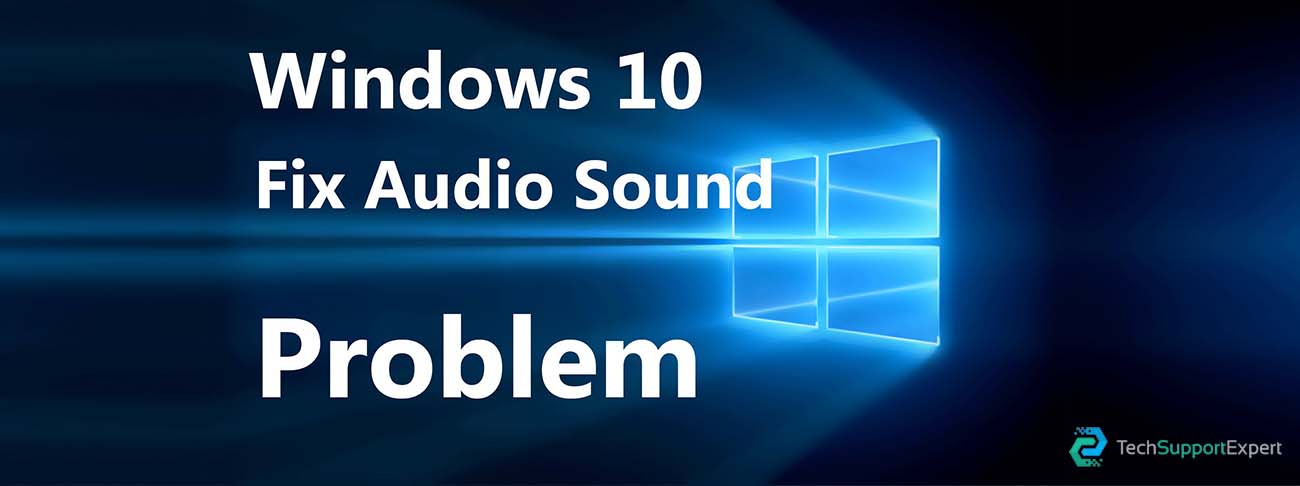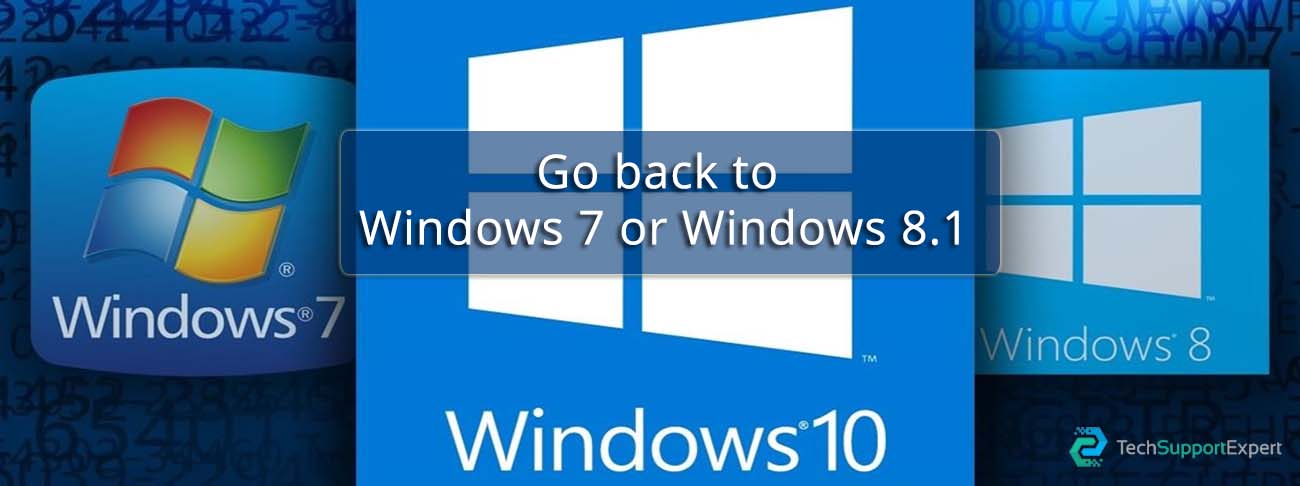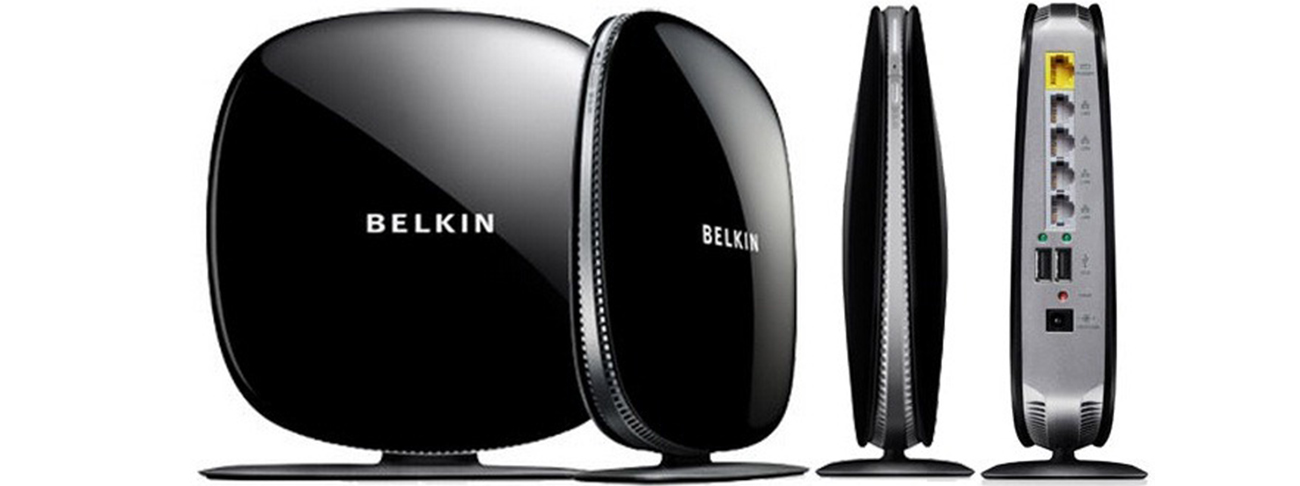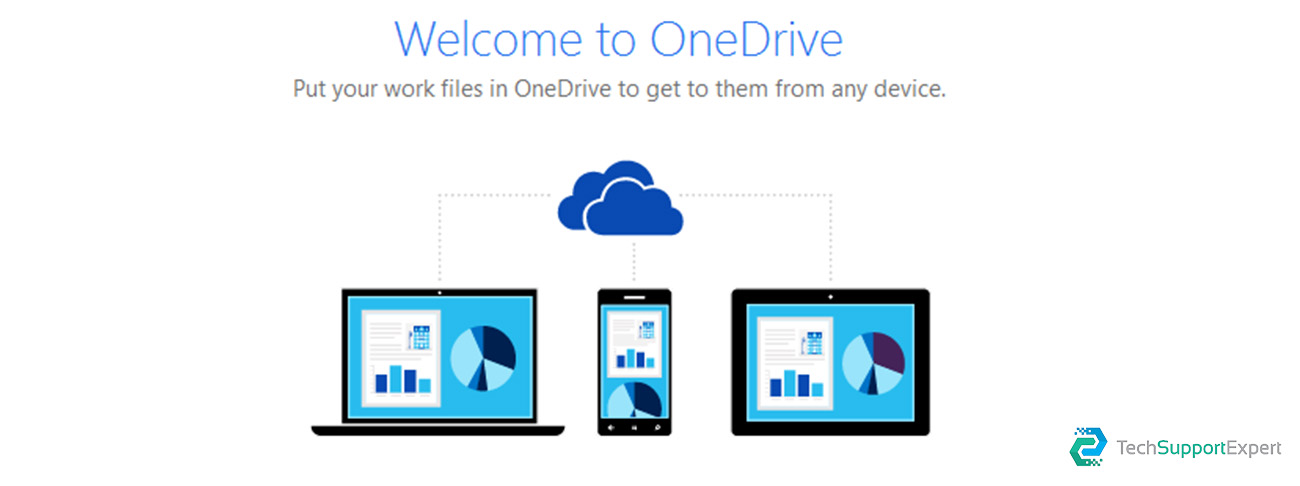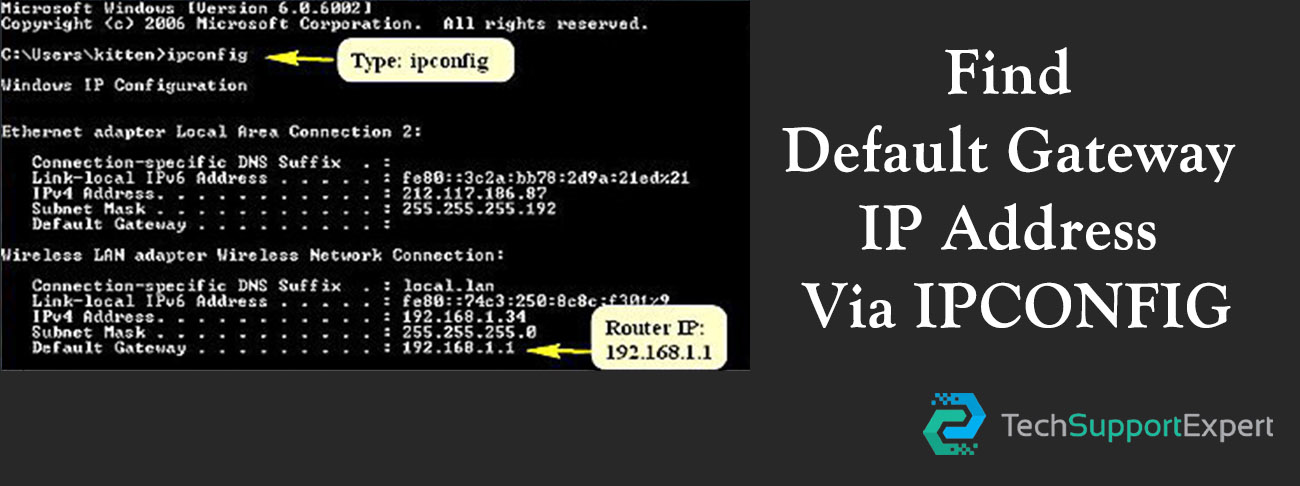Windows 11 has completely revamped the right-click or context menu, introducing an entirely new design. While this refresh eliminates some unnecessary shortcuts and options, the new appearance might seem a bit overwhelming initially. Fortunately, it can be easily customized to align with your preferences. We will guide how to change the right-click menu in Windows 11.
You may wonder, “Why would you want to change the right-click menu in Windows 11?” The answer is straightforward – personalization and efficiency. Your PC should adjust to your preferences, not the other way around. Customizing the right-click menu enhances your access to frequently used functions, saving valuable time and enhancing your overall computing experience. With this understanding, let’s delve into the article.
HOW TO CHANGE THE RIGHT-CLICK MENU IN WINDOWS 11
Modifying the right-click menu in Windows 11 is a straightforward process, and there are two methods to accomplish it. We will explain each method in a step-by-step format.
Method 1: View the Windows 10 Context Menu With More Options
You don’t need to make any permanent changes to your computer just to get the full context menu again. By default, Windows 11 already provides a way to view the old menu.
The catch? You have to select it—or use its keyboard shortcut—every time you want to use it. There is no built-in method to enable it permanently.
Nevertheless, it’s an excellent method to view the Windows 10 menu only when you need it, rather than permanently switching to the old layout.
To bring up the standard Windows 11 context menu, right-click and choose the “Show more options” entry at the end. Alternatively, you can use the keyboard shortcut Shift + F10.
Also, Read 10 Ways to Fix Windows Update Failed Error Code 0x80070003
Method 2: Enable the Old Menu From the Registry
You can also customize the right-click menu to a certain extent by editing the Windows Registry. This allows you to bring back the Windows 10 menu or add custom menu items.
However, editing the registry is not a task to be taken lightly, as making a mistake with the wrong key can lead to serious issues for your computer. Unless you’re familiar with the process, we recommend trying one of the other methods.
1. First, open the Registry Editor by searching for it in the Start Menu.
2. The Registry Editor features a folder-like structure on the left, containing all the keys and values in subfolders. The right side shows the contents of any selected folder and lets you interact with them.
3. Navigate to Computer\HKEY_CURRENT_USER\Software\Classes\CLSID. You can do this manually by clicking through the folders or entering this path in the address bar at the top.
4. Right-click on a space on the right panel and select New > Key on the pop-up menu.
5. Key names are usually descriptive enough to tell you which setting they control, but for this, we will need an alphanumeric code. Enter the following key name: {86ca1aa0-34aa-4e8b-a509-50c905bae2a2}
6. Create another new key inside this one and name it: InprocServer32
7. Edit this key from the right pane and ensure its value data is blank.
8. Close the Registry Editor and restart your computer. Alternatively, you can also restart the Windows File Explorer process from the Task Manager.
The changes will take effect after you restart your PC or Windows Explorer. Right-click anywhere to access the Windows 10 context menu again, with all the missing menu items restored to the list.
Method 3: Use Command-Prompt to Enable the Windows 10 Menu
This method isn’t significantly different from the one described above. You’ll still be creating the same new Registry key, but in this case, you’ll be doing it from the Command Prompt instead of the Registry Editor. However, using the correct terminal command through copy-pasting is less prone to errors than manually editing a registry key.
- To get started, type cmd in the Start Menu.
- Right-click the Command Prompt result, and select Run as administrator.
- As we only need to add a registry key, we can use the reg add command to execute the process. Simply copy-paste the following command and press Enter:
You will get a “The operation completed successfully” message. Pretty anticlimactic but more reliable than manual edits.
This should enable the classic context menu on your computer. If you want the new look back, delete the key you added.
Method 4: Add Menu Items With Registry Editing
Registry keys have a surprisingly large effect on the functioning of Windows. Not only can you enable the old right-click context menu, but even add entirely new entries to it.
Certainly, you can’t perform overly intricate tasks, just add shortcuts to commonly used apps to the menu. However, the usual cautions about the dangers of registry editing apply. Only venture into this if you are confident in your understanding, and be sure to backup the Registry before making any changes.
- Open the Registry editor by typing regedit in the Start Menu.
- In the left pane, navigate to the following key: Computer\HKEY_CLASSES_ROOT\Directory\Background\shell You can also copy/paste this path directly into the address bar.
- Add a new key by right-clicking on a space in the right pane and selecting New > Key.
- The name of the key will become the text of the menu item, so name it appropriately. Since we are looking to add Notepad in this example, we will rename it “Open with Notepad.”
- Now add another key inside the key you just created, and name it Command.
- Edit this key and replace the default value with the path of the app you want to open. For apps like the Calculator or Notepad, which are already in the system path, the app’s name is all you need. For anything else, copy/paste the path of the exe file.
- Close the Registry Editor and restart your computer.
Now when you right-click on the desktop (you need to have the Windows 10 context menu enabled), you will see your new entry in the menu.
Method 5: Customize Right-Click Menu Using a Third-Party App
Easy Context Menu is a handy tool that enables you to customize the items in the right-click context menu according to your preferences. With its graphical user interface (GUI) and well-categorized options, it offers a more straightforward alternative compared to Registry editing.
It even includes a Context Menu Cleaner to eliminate unnecessary entries from the right-click context menu, which are often added by installed software. However, in Windows 11, Microsoft has already cleaned up the context menu to a considerable extent.
Download the Easy Context Menu from its official website.
It’s a portable application, so there’s no installation. Just extract the downloaded file and run the executable.
Easy Context Menu opens a small window, displaying a list of all the tools and settings you can add to your right-click context menu. Go through the list and check the boxes you want to include.
Once you’ve selected all the options you need, click Apply Changes.
Give your new Windows menu a try, and if you find that you don’t like any of the changes, you can easily revert them. Simply run the Easy Context Menu again and uncheck the features you no longer need.
What Is the Best Way to Customize the Right-Click Context Menu in Windows 11?
Unless you’re comfortable tinkering with Registry keys, the easiest way to modify the right-click menu is through a third-party application like Easy Context Menu. This is particularly useful if you are not comfortable using the Shift + F10 shortcut after every right-click.







